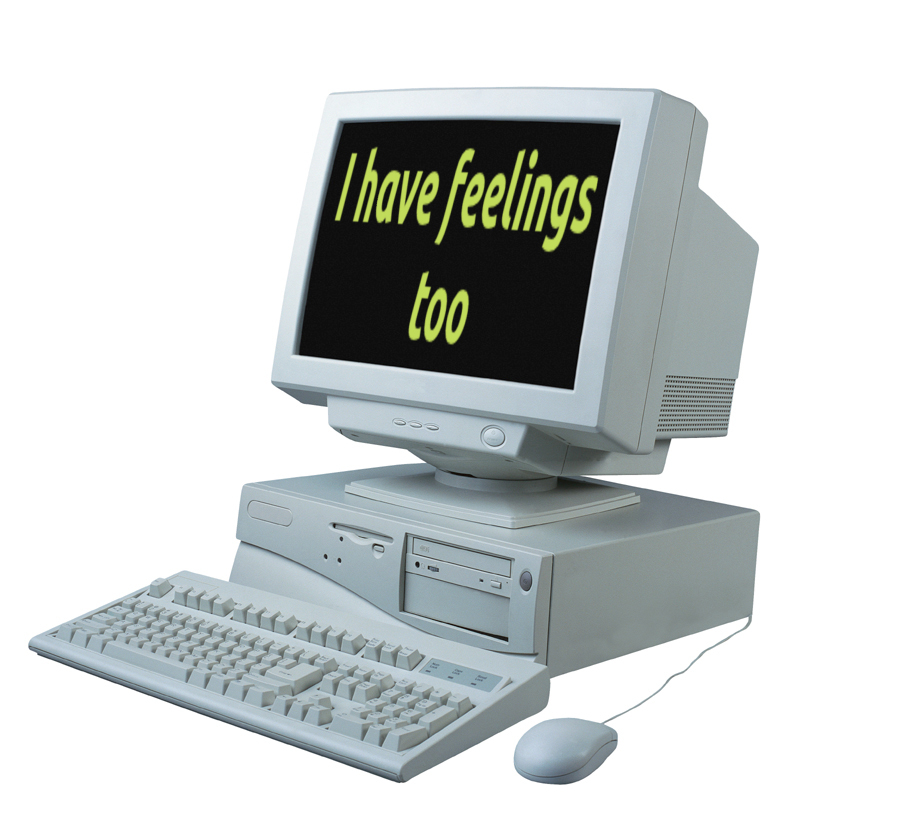
A delightful example illustrates well one of the earliest myths about the problems that may arise when trying to translate text using a computer. The biblical sentence “The spirit is willing, the flesh is weak” was translated into Russian by a machine, and then back into English. The result was “The vodka is good, but the meat is rotten”. Brilliant!
I loved this story the minute I first heard about it, many years ago. If we are to believe Wikipedia, the problem was 100% on the Russian -> English direction (I know nothing about Russian, but I am able to match up the characters on the Wikipedia and in Google).
But, as I said, this story has been around for many years. And the machine translation technology has moved a long way afterwards. The Google translator doesn’t fall into this particular trap any more. Actually, it is difficult to play this game with Google Translator and get back sentences worth a giggle. Translating the previous sentence into Chinese and back we get “In fact, it is difficult to play with the Google translation of this game, worth a giggle sentences.”
If you have read our article about post-editing, you are already aware that there are mistakes on translations which are typical of machine translation. In the previous example, “worth a giggle sentences” is a nonsense un-grammatical fragment that no human would have dared write. So why insist on using a machine for translating documents? One of the main reasons is that translating by machine plus a thorough post-editing often takes much less time than translating from scratch, and the results are of comparable quality.
Although the technology of machine translation will certainly keep moving (it is in its infancy right now), I doubt it will ever be possible to skip the post-editing step if we want to have meaningful and accurate documents.
If you want to explore the possibilities opened by this new technology, don’t hesitate to send us your request to Translation Services.
